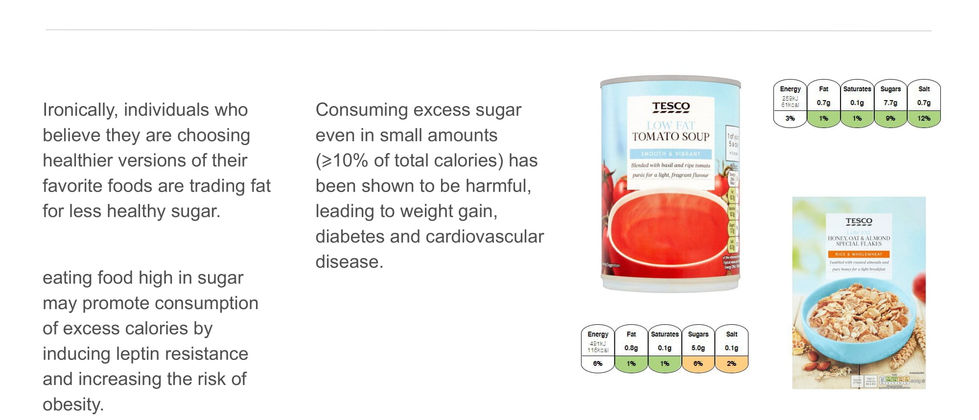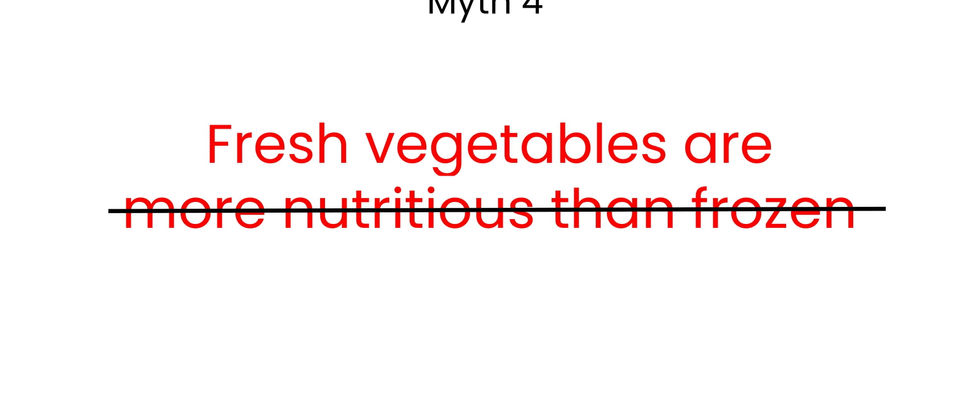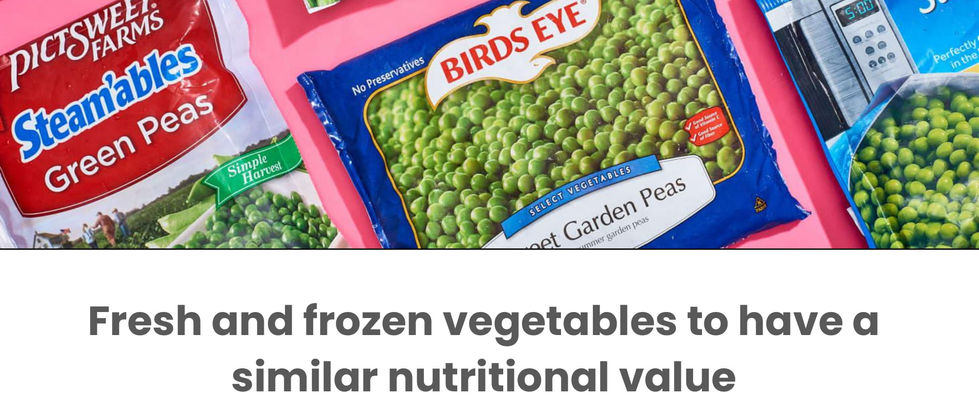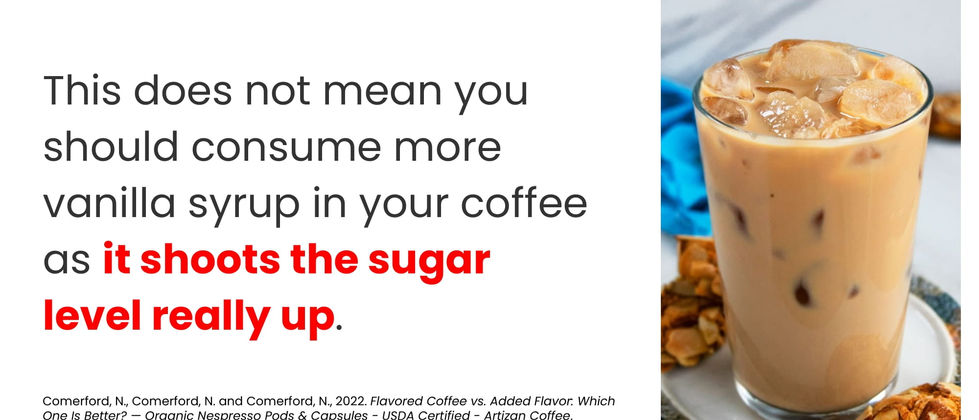top of page

Fighting Misinformation
03 Feb - 2 April
Design Breif
Design an experience that
communicates the importance
of fighting misinformation.
Back To Top
In Partnership with
We are a design agency based out of London helping organisations present and discuss complex themes with different audiences around the world. We love challenging projects that allow us to work on subjects we care passionately about, from Sustainable Development Goals with the UN or social inequalities with the BBC, to the circular economy with Chatham House.
Team

Introduction
Misinformation is like air, it’s all around us seeping within us and spreading through us. The design brief challenged us to demonstrate the importance of fighting such intertwined elements of life for a target audience between 15-25 years old. We had 3 topics to choose from

Week 1 / Week 6
To evoke thoughtfulness around misinformation we individually did automated writing and built a diorama to convey our own stories, assumptions and beliefs about misinformation. To me, this method helped me connect how marketing in the age of digital has been influencing our choices in every aspect of our lives and we are needed to peep deeper into the unheard and untold truth behind the beauty of scenes.

WEEK 1
Week 2 / Week 6
In the second week, we were looking for inspiration and trying to craft a strategic plan to uncover the untold behaviours, thoughts of people and impacts of misinformation. We had 5 questions to answer before we kick off our journey.
What are we thinking about?
What is going to be gained from this method?
How are we going to find out about it?
What are eamples of the stuff/concepts you’re thinking about?
Why are we finding out this way?
WEEK 2
Getting Inspired
We were blown away by seeing how digital technologies have lowered the barrier of entry for sharing and manipulating information. Personally, I was more intrigued by the lawsuit against Nutella advertising itself as a healthy brekfast product in spite of its high sugar content. Food, very essential, personal and intrinsic in nature, if misinformed could cause health fatality to any living creature in the ecosystem. The conscious and unconscious politics underlying food & nutrition was catching our eye.

Strategy to uncover the unseen & unheard
Food does not reside in silos, it's tentacular network deeply entangles with people's culture, emotions, behaviours, body politics, social circles, capital economy, nature and so on. Before communicating the importance of a fight against food misinformation it was critical to deeply understand its origins, channels, impacts and catalysts to identify the correct leverage point within the system.

Learning from examples
Scientists, artists and designers have been trying to educate people about food misinformation for a long time. A few use taste, data and AI as mediums to express. More than communicating as a designer we got interested in co-designing tools to fight healthy food misinformation. After reading through several articles, we made a hypothesis that people have to design their own multi-level lenses to question the so-called healthy world around them and understand the impact of their decisions and actions on the balance of the ecosystem.


Scrutinized design direction 1
Designing an experience to plant the seed of positive scepticism against healthy advertised and recommended foods.
Week 3 / Week 6
In week 3, we were trying to understand what misinformation about healthy food means to people in their life. Different research methods in this week were oriented to answer our questions on channelization, emotional connection, value, and awareness. The activities performed in this week was the first trial to put up a fight against misinformation.
WEEK 3
Research to understand food and health sphere
Love Letter & Break up letter (Mainly to understand emotional value of food)
The research unravelled how most people are emotionally attached to their food but still in control of their intake to keep themselves in shape. Food wasn't just an item pumping body, we saw food as a result of happiness, anger, eating disorders, boredom, social pressure and so on. The results of the research made us more empathetic towards people and pushed us to think about an experience that doesn't trigger an angry, depressed and defensive state in the participants.


Interviews (To unravel journey of information)
In the results of earlier research, we saw how people were in love with food and yet they were fearful about their physical appearance. To answer a few more source and journey based questions we conducted interviews. I was personally surprised in the interview to hear how the eating behaviours of our participants were less dependent on intrinsic likes and dislikes but more influenced by body shape and social stimuli.
On one hand, we realized that the major touchpoints for choosing food are retail shops or e-shopping websites. While on the other hand, we saw how social media health influencers, internet searches, advertisements and personal recommendations play a critical role in generating, hooking and sticking with the demand for healthy food. People’s reflections showed how multi-level Intersectionality of influential and political circles completely changes the way participants made meaning of healthy. Not a lot of them kept the environment in the centre of their chosen journey.
Contextual research (to understand scenario of embodying information)
Food being personalized, people have different sources and reasons to think something is healthy and believe it strongly. To narrow down our scope, we conducted observational research and a short interview again within a limited area of the supermarket. While synthesizing and analyzing our research we realized that the challenge isn't why should they fight misinformation, instead, it is about how they do it.


5 out of 10 participants were not health driven
7 out of 10 people never questioned tags assigned with food.
5 out of 10 people never really read information at the back of pacaging
Internet and friends or family were the major influencers in choosing food.
Time and convenience was important factor in deciding foods fate
Healthy people were more conscious about the ingredients and calories
Literature review (To understand the truth about the healthy promoted food)
Our synthesis of research made us feel that taste and surprise could be great leverage points to intervene in the complex system of food, people and environment. We shifted focus from "Research for Design" to "Research through Design" by carefully crafting fun gamified experiences to collect feedback on our ideas for bursting the healthy food bubble with positive scepticism and shock.
Ideation, making and testing
Keeping the age group in mind we wanted the experience to be playful and hence we decided to design a game. Initially, we were grappling with the idea of giving them a shock by altering the taste of food in really weird ways but it was though to connect that to fighting misinformation. Later, two of the game we came up with were "Bluff Master" and a "Spy Game". Both were focused on building positive scepticism, pushing participants to find the underlying truth and unravelling some of the healthy food misconceptions in the journey.

Activity 1: Bluff master
The thought of the game was inspired by the scenario of corporate giants and social media influencers bluffing confidently about healthy food by emphasizing certain facts and suppressing others. Participants in this were asked to sit on the opposite side of the table with a partition in between to block their view. One of us became the moderator and have packed boxes with readily available healthy advertised food items. Only the moderator can see the food and tries to bluff about its appearance, taste, health facts etc.. The participants have to guess whether the moderator is bluffing or saying the truth. This game helps participants to make new meanings about their daily life food and develops a mental model of questioning the world around them.

I conducted this experience to burst the myth of natural vanilla flavour being more healthy than artificial. While conducting the activity I personally felt it was hard to deliver a smooth and connected experience entangling health facts with other food properties. The participant said after a point of time it became monotonous and predictable wether I was saying true or false.
Activity 2: Spy game
This activity was inspired by brands trying to fit in unethically within the healthy bubble to scale their business. It was designed to be a taste oriented experience of spying and cathing the lier. 4 participants sit across the table with a box containing food in front of them. All boxes have the same food except one, which is empty. Everybody starts asking food-related questions turn by turn and the participant who did not receive anything had to bluff and save themselves from getting caught.

After the experience, a few participants said that the experience left a lot of room for them to introspect and find out their own reasons for fighting misinformation.

Week 3 Presentation
Week 3 Feedback
Slow down research, narrow down scope & start with more effective solutions.
Think about how can you utilise Chatham house as a catalyst to speed up the fight.
You could also have tried out food ethnography as a medium of research.
Personal reflection
During these activities, I observed that building positive scepticism was overpowering sceptic behaviour. It was evoking a thought that everyone and everything around them is a lie. As a self meaning-making experience, controlling the degree of scepticism induced in the real world is hard and could have an adverse effect on participants. Planning the misinformation experience was really challenging and time-consuming due to fact-checking, emotional trauma triggers, varied reasons for people getting hooked on healthy food. Hereby we started thinking about what could be other ways than scepticism to fight misinformation.
WEEK 4
Week 4 / Week 6
By the fourth week, we saw misinformation as a rock that you could climb easily than move it. We were in a messy situation of having a creative block. We went back to the drawing board and generative methods but our ongoing literature review brought us to the concept of "Intuitive Eating" which promotes listening to your body than believing in anything and everything you see or hear. Ramya personally thought it could be a great tool to slow down the embodied embracing of misinformation but I wasn't sure about it till the last moment.
Re-ideation
To beat our creative block we used body storming as a generative design method and I personally mimicked what it would feel to become food. The method helped us reconnect with sensory perceptions of food and its intimacy with the participant and other critical actors in the ecosystem. Later, we ideated individually and came back to critique our ideas together. Many of our ideas were inspired by the duality of healthy and non-healthy food. While critiquing we wondered if at all our world is as simple as a binary representation. We narrowed it down to 3 ideas, while looking at the time we decided to conduct an expert verbal speed dating of our ideas with our colleagues. Participants leaned towards the "your body is a plant" idea which was based upon the concept of intuitive eating. Hence we collated our learning and course-corrected our design direction by refining ideas of being less susceptible to misinformation using intutive eating.

Research on intutive eating and it's principles
We conducted small research by putting up a few questions on the wall for people to answer and unravel ow do they explicitly or implicitly communicate with other bodies.

There is no one body size that’s healthy or perfect.
There is no one body size that’s healthy or perfect.
Being healthy isn’t directly tied to your body weight
Being healthy isn't calorie counting, it’s unconditional eating
To counter it, we need positivity around body image
Not every diet works for everyone, it’s personalized to the body
Tribole, E. (2020). INTUITIVE EATING : a revolutionary program that works. S.L.: St Martins Essentials.

Scrutinized design direction 2
Raising awareness to have a good relationship with your body to be less susceptible to misinformation
Finalizing experience

We speed dated and most of the participants had a hard time correlating the abstracted version with the food misinformation. They asked us how would this help them in real life. In the second experience, participants got confused about licking and fighting food misinformation with body movement. Whereas for the third one they were able to personally relate to the experience. Hence I and Yixi built a small mockup version to conduct the experience and gather more contextual feedback for the experience.

Expert feedback
The experience is becoming less about food misinformation and more about intutive eating.
It is really hard to correlate how you are fighting misinformation and leveraging Chatham house.
Articulate clearly in your experience why is it so important to fight food misinformation.
Personal Reflection
We were all scared by end of week 4 because we were still jumbled up in choosing the right direction to fight food misinformation and communicate it's importance. I completely agree with the feedback we received, even if we try and listen to our body we will still feed it with food that is manipulated and malpracticed for political and economical reasons. Although, it is a well-established concept in today's world and is valid to an extent I personally felt it wasn't very relatable to our motive of direct battle.
The fifth week was hard, we were under tremendous pressure of time and the project started to seem like a dead end. One thing that I have experienced in my design career "there is always more in the journey to the roots of the problem we are trying to solve". This thought powered our strategy to look back into our journey till now. We realized how misinformation travelled to our participants through countless sources laid in the spectrum of most reliable and least reliable sources. We saw how everyone has their own circle of trust which keeps evolving over time.
While talking to people we found out how easy accessibility, lower prices, emotional connections and other catalysts trick us to center ourselves around the least reliable resources and push us farther from the most reliable resources. We wondered if less reliable sources stick to us strongly and are harder to shed. The thought gave us a new design direction that felt impactful.
WEEK 5

Scrutinized design direction 3
Raising awareness to shed the most attractive but less reliable resources to fight the misinformation.
Moodboard of inspirations
Food is personalized and intrinsic and hence we were looking for an embodied experience that allows participants to feel the materiality of trust, and politics behind it through edibles.

Ideation
We conceptualized an idea of a dress made of different layered food materials signifying less reliable to more reliable resources based on the materialistic property of food. We thought of a performance where the performer, in search of truth, tries to crush, break or shed the sources. I enacted how the performer could look for the truth on them, within them and around them to convey the story. The least reliable sources denoted by pizza or bubble gum show how hard it is to break or de-embody them due to economical, political and motivational reasons while the more reliable sources denoted by chips or tomato slices are buried or crushed easily.
In the end, only less reliable sources are left and the body colour of the performer changes from green to red showing the adverse impact throughout the journey. We also thought of calling participants to interact with the performer spreading the red colour like a chain reaction.

Feedback from relevent audience
We went back to our audience for getting valuable feedback on our idea. Surprisingly one of our participants in the feedback session said "are you trying to say pizza is a more reliable food than chips". Although, we were confident in our idea our participants were confused by the use of material and messaging. This sparked the thought saying whether we are using the right materials?
Re-Ideation
It was raining that day and suddenly Farah came up with this thought "what if food misinformation is like rain and we just have to choose the right umbrella as the armoured source to protect the world. Looking at the time we were left with, the practicality of the experience and the simplicity of communication we thought this could be a great way to convey the message.
We were excited about the running, dripping, seeping and shielding of food misinformation with different sources and communicating how each of them tries to entangle, trap, catch or protect the actors of the ecosystem. The experience also wanted to convey how the most attractive and easily accessible sources are not always the best choice and one should always peep into the world through a spectrum of credible sources.

Every thought we have, every decision we make, and every action we take impacts other elements of the world. By not choosing the right armour we are slowly poisoning our own world. With this thought, we conceptualized the experience.

Staging challenges
Since we planned our experience with real water it became really hard to find a place within the uni to spill water. With a shorter presentation time, it wasn't feasible to take everyone out of the uni to experience the battle of misinformation. This is when I proposed we could have digital rain in our experience and everyone liked the idea.
Digital rain execution & challenges
We started to see misinformation as digital acid rain in our experience. It became a substitute for hazardous misinformation about food and everyone liked the idea. I made the rain in the touch designer but the challenge was to control the deflection for individual umbrellas. Ideally, we could have used a distance sensor to manipulate values but looking at the time I decided to detect the colours of the umbrella and deflect rain accordingly.
The plan to deflect acid rain by colour detection wasn't working accurately. I started thinking about alternatives to rain and I realized light and shadow could be a great way to convey the message. The light could seep through materials, and create shadows if blocked by opaque objects.

Week 6 / Week 6
In week 6th, we focused on making and refining the concept and staging before our presentation.
Making of the umbrellas
We went to the east street market to purchase materials based on our ideas and started to weave the materials as per the concept with the frame of the umbrella. We tried and tested shadows with multiple light sources to understand the holistic experience.

Staging and rehersing
Initially, we were confused about the staging experience. If it should be one top of the other, in a row or in people's hands. After enacting individual scenarios we were able to figure out that having umbrellas in a row would allow people to experience shadows, rains and materiality properly and even see each other's reactions. The staging experience was thoughtfully designed to let an audience, between the ages of 15 to 25, swiftly experience the entanglement of misinformation within them, within them and around them.

WEEK 6

Presentation
Participants were called for an audio-visual experience of how misinformation bleeds on them and drips into them based upon the sources they choose. The sources were metaphorically related to armours protecting people in the war of misinformation. They were carefully designed to evoke the feeling of attraction trapping and entangling actors into their mesh of misinformation while letting them embody most of it in the form of rain and light. It also reflected how wrong choices could not only deceive them instead it could trap other ecological actors in the form of tentacles.

Week 6 Presentation

Feedback from the audience (IBM, Takram, Culture Mile, Applied Works & colleagues)
The experience was very generic. Instead, it could have networked with food.
The experience was sensory and tied well to messaging.
There shouldn't be armour that can completely shield you from misinformation.
You were able to engage a large audience and evoked curiosity.
The rain with shadows was not very much in co-relation to the experience.
The umbrellas could have been more interactive to control light or rain.
Personal Reflection
The project wasn't easy at all. We were lost in the large ocean of misinformation intervening and impacting our lives at every step. I reached a point where I felt everything and everyone is misinforming each other. For the first time in my design career, it makes me realize how our design solutions can create more problems if not looked though critical lenses.
Citations
Tribole, E. and Resch, E., 2017. The intuitive eating workbook: Ten principles for nourishing a healthy relationship with food. New Harbinger Publications.
bottom of page







































































































